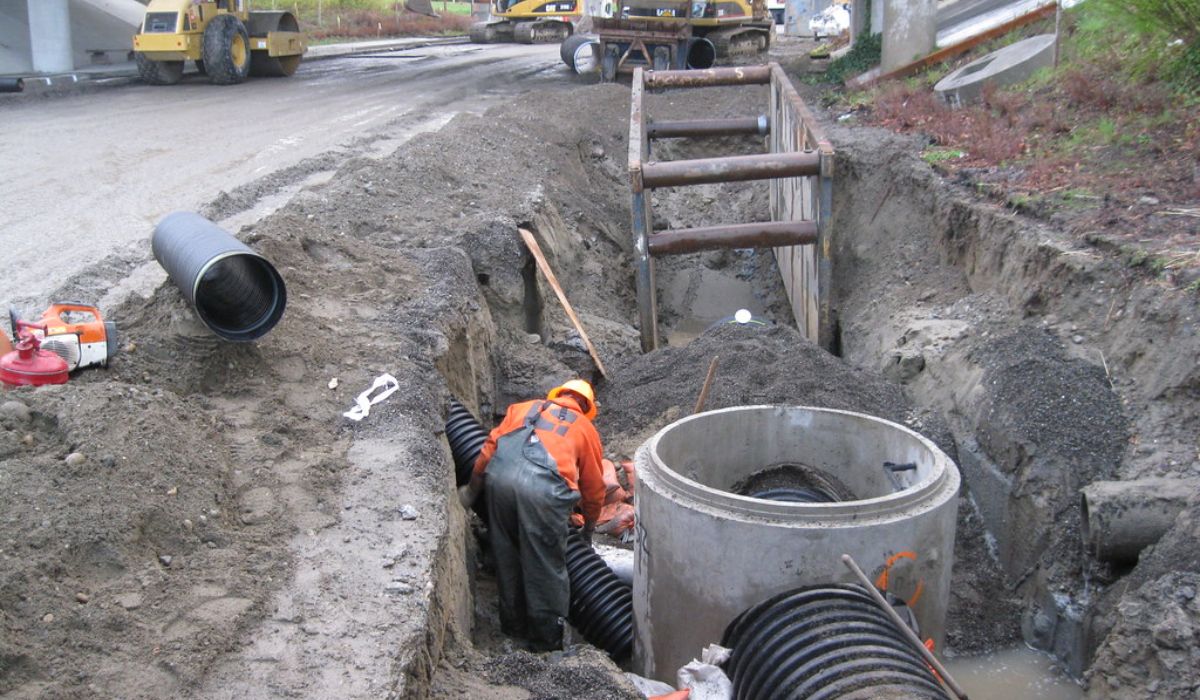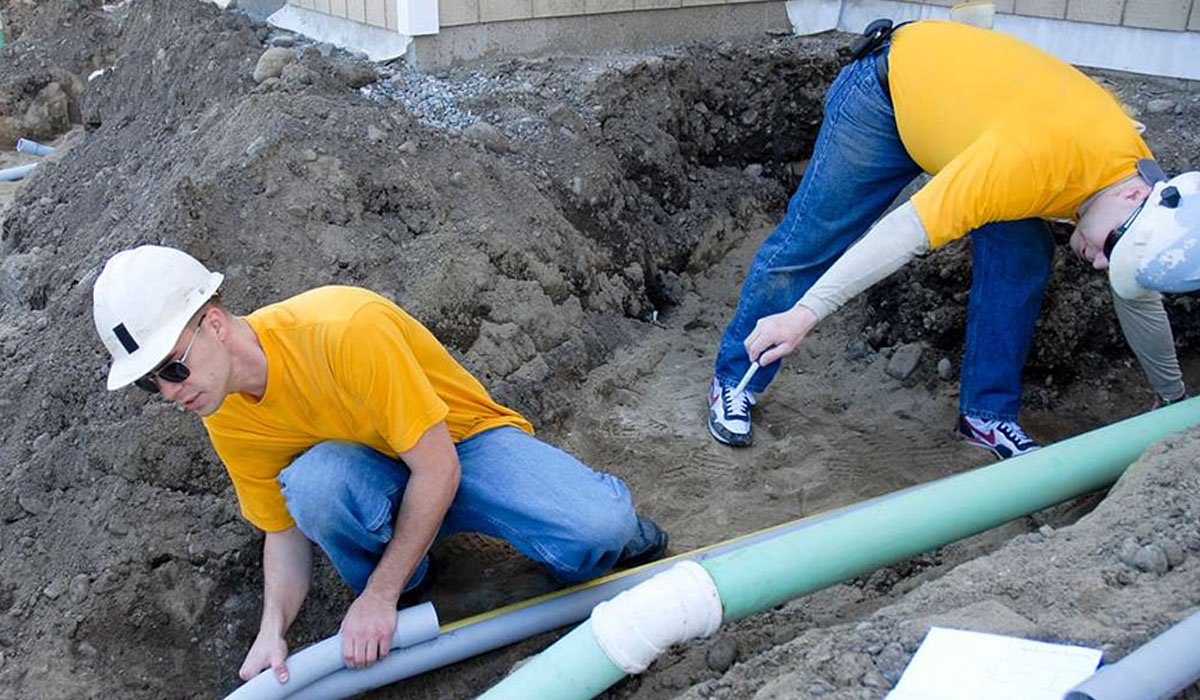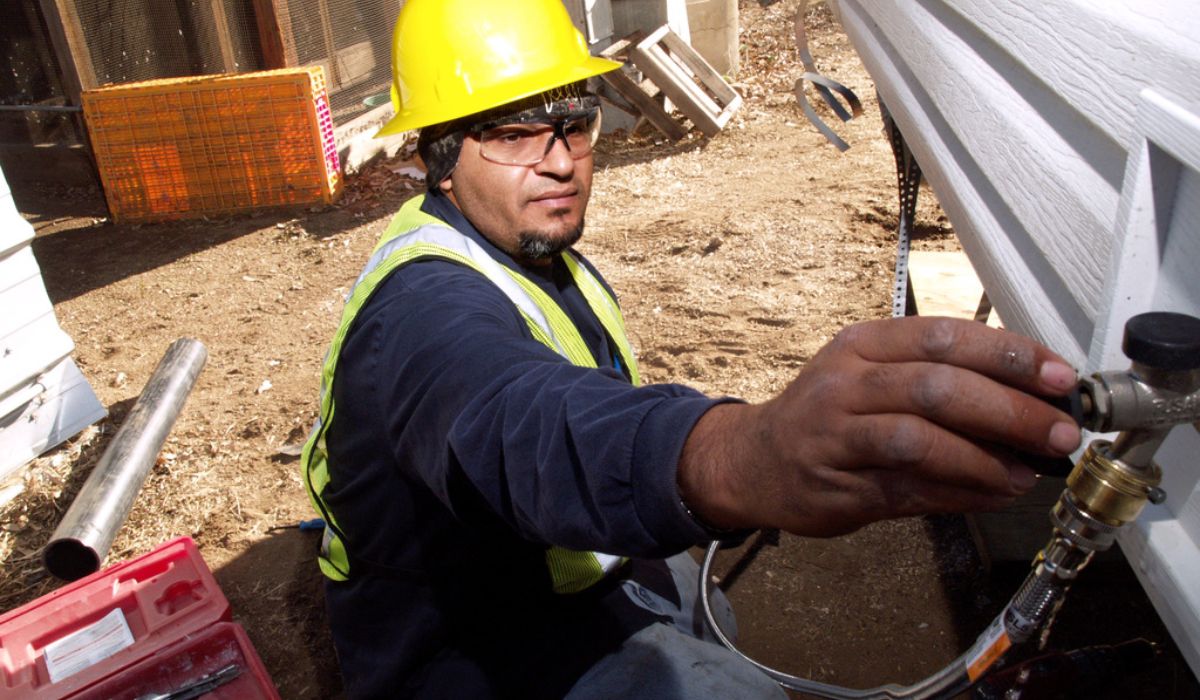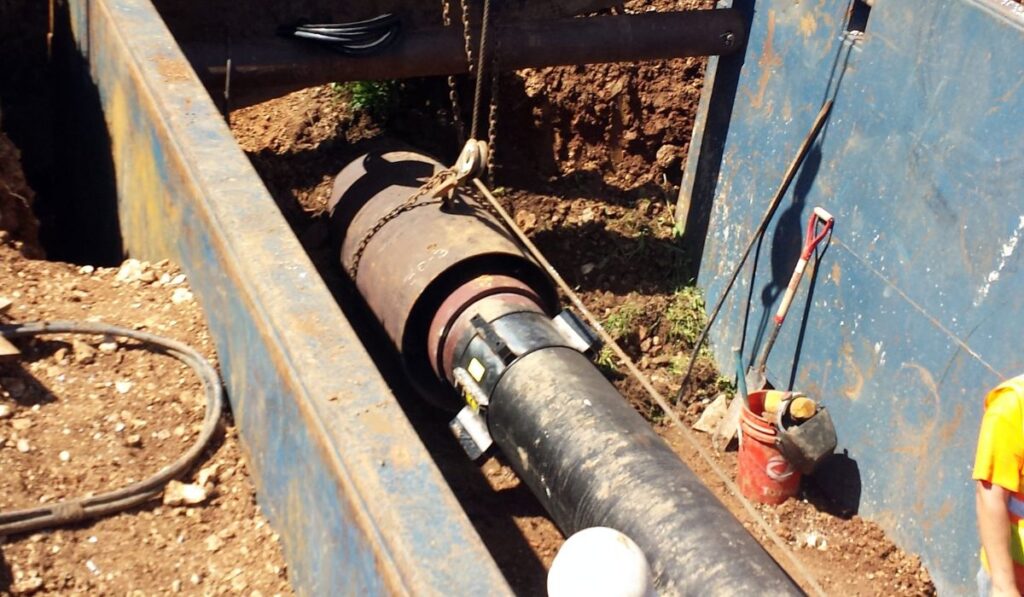6 Things Homeowners Should Know About An Underground Drain System
One thing that people who own their own homes want to avoid is plumbing problems. Issues are easier to fix because of an underground gutter drain pipe. If you have drainage issues, Gutter Medics can help you. Our company provides services for underground drainage systems. Contact us at (630) 922-3131 to learn about our products and services. We are happy to help you!
Check out our frequently asked questions page to learn more. See our customers’ reviews to see how happy they are with our service.
Drain systems are essential for the health and well-being of your home. They can also cause a lot of damage if not installed correctly. Here are six things you should know about underground drain systems for your home.
Underground Drain System
It collects wastewater from homes and businesses. The system takes the wastewater to a central treatment facility. This is important because it protects public health and the environment.
There are three main components of the underground drainage system:
1. Sewer Lines
These pipes transport residential and commercial wastewater to a central facility.
2. Stormwater Drains
These pipes collect water from streets and parking lots and send it to nearby waterways.
3. Groundwater Drains
These pipes collect and transport water from the earth to nearby waterways.
This system is vital for our facilities. It is crucial to keep it in good shape. If you have concerns, please contact your local public works unit.

How Does An Underground Drain System Work?
When it rains, water flows down from your home’s roof and into the gutters. The gutters direct the water away from the house so it doesn’t damage your home. The water goes into a storm drain or a dry well. From there, the water seeps into the ground or is carried away by a stream or river.
The system removes water that builds up near your house’s foundation to keep it dry. The water goes into a dry well or a storm drain. It is imperative to install your system correctly if you want it to work well. Among other things, this means making sure:
- A catch basin or French drain at the lowest point in your yard
- A sump pump to remove water from the catch basin
- A discharge pipe will carry water away from your property.
- A backwater valve to prevent sewage from flowing back into your home.
- A landscaping fabric to keep soil and debris out of the system.
It is important to hire a skilled contractor when installing a drainage system. An expert can look at your property and figure out how to install the system in the best way. Sometimes, you may need a building permit to do the setup.
The Risks Of An Underground Drain System
When you have this system, one of the worst things that can happen is that it can get clogged up quickly. This can happen for many reasons, such as tree roots growing into the pipes, a buildup of grease and oil, or trash going down the drains.
When there is a clog, sewage can back up into your home or business, which is very bad for your health. A clogged drain can also cause flooding and damage to property.
Damage can also be caused by earthquakes, sinkholes, and building work. If a drain pipe is broken, sewage or other harmful substances can leak into the ground. It can pollute groundwater or put people’s health at risk.
The systems can also be a place for mosquitoes and other pests to lay their eggs. To avoid these risks, you should have an expert check and clean your drain system.

Cost To Install An Underground Drain
There are a lot of things that affect how much it costs to put in an underground drain. This includes both the cost of materials and the cost of work. The cost will depend on the type of drain you choose and the condition of the soil. It also includes the size and shape of your property and how many drains you need.
You may need catch basins and sump pumps if you have a high water table or a lot of water on your property. This will add to the total cost. But, it is essential to ensure your underground drain is set up correctly. You do not have to pay for expensive repairs down the road.
Get bids from a few contractors if you want to install an underground drain. Find out if they have a license and insurance.
Ask for examples of their past work to make sure you are getting the best price for your project.
The Advantages Of An Underground Drain
An underground drain field is better than a traditional system. This is because it is less likely to freeze in cold weather. The drain field is below the frost line, where the temperature stays the same all year.
Heavy rains or flooding are less likely to cause damage to these plans. This is because the drains are buried deep enough that surface runoff does not affect them. Also, tree roots and other objects are less likely to damage an underground drain field.
A buried drain field usually lasts longer than a traditional system—the soil around the drain field filters out sediment and other pollutants. The drain field needs less maintenance and can last for years without any problems.

Things To Consider When Hiring A Contractor
When looking for a contractor, you should hire someone with a lot of experience. Keep the following things in mind as you make your choice:
1. Licensing And Certification
Be sure to hire a contractor who is licensed and certified. This will ensure they have the proper training and experience to work on your drainage system.
2. Insurance
Make sure that the contractor you hire has liability insurance. This will protect you if something terrible happens while they are working on your home.
3. References
Make sure to ask the contractor you are considering for references. This will help you see their past work and decide if they are a good fit for your project.
4. Cost
Make sure to get an estimate from the contractor before hiring them. This will help you avoid any hidden fees or unexpected costs.
5. Communication
Make sure to communicate your expectations with the contractor you hire. This will help them understand what you want and ensure they can do what you expect.
An underground drain system is a great way to improve your home. It can help rainwater get to the ground and reduce the chance of erosion. If you are considering installing one, find out as much as possible about it first. This will help you figure out the best choice for your home.
When putting in underground drains, you must know all your options. This will help you make the best decision for your home. You can contact a professional to help with the underground gutter drainage installation.
About Gutter Medics
Our company provides underground drainage solutions in the Chicago area. We have a wide range of services to help you with your drainage needs. We also offer a wide variety of financing options. We ensure you get the best possible deal on your drainage solution.
Have you been looking for “seamless rain gutter installers near me?” Contact us today at (630) 922-3131 to learn more about our services!
Gutter Medics Offers Services As Follows:
Articles We’ve Hand-Picked For You:
Frequently Asked Questions
The majority of underground drains discharge into the street, sidewalk, or driveway. They sometimes drain into storm drains in the middle of yards and may even connect directly to the sewer system underground.
The accumulation of household materials such as soap, hair, food, and fat in the pipes, which solidifies in the external pipes, is the most common cause of clogged drainage systems. Rain and storms push objects like leaves and dirt into gutters and drains. Tree roots infiltrate broken pipes.
Residential drainage systems are classified into four types. These are examples of surface, subsurface, slope, downspout, and gutter systems.
Pressure is not a factor in drainage systems as it is in supply systems. Instead, waste leaves your home because the drainage pipes pitch downward towards the sewer. Gravity pulls the waste forward. The sewer line continues this downward flow to a sewage treatment facility or a septic tank.
A small underground catch basin covered by a metal or plastic grate collects runoff water, and one or more branch drain pipes transport the collected water from the basin to a point of termination, which is often near a street or into a municipal storm drain.
A drainage system is a device that transports liquids away from areas where they are not needed for disposal in appropriate locations.

